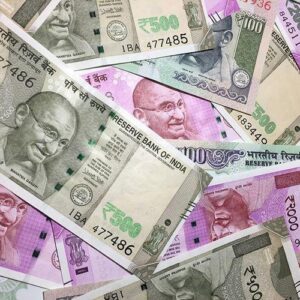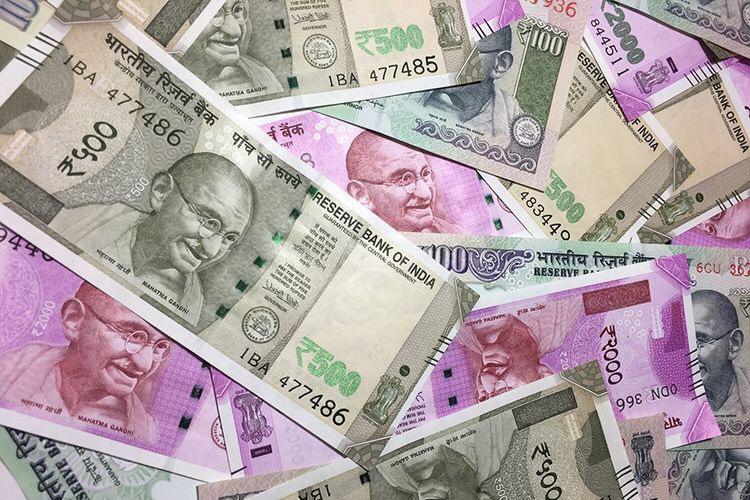INR – Indian Rupee
$100.00 – $3,500.00
$200.00 – $700.00
Description

The Indian Rupee (INR) is the official currency of India, a country known for its rich cultural heritage, diverse economy, and vibrant markets. As one of the oldest currencies in the world, the INR has a fascinating history and plays a crucial role in India’s economic landscape. In this article, we will explore the significance, features, and factors influencing the Indian Rupee, providing you with a comprehensive understanding of this essential currency.
Historical Background
The Indian Rupee has its roots in ancient India, where various forms of currency, such as coins made of silver and gold, were used in trade. The modern form of the INR was introduced during British rule, with the first Indian coin issued in 1540. Following India’s independence in 1947, the Reserve Bank of India (RBI) became the sole authority responsible for issuing currency and managing the monetary policy of the country.
Symbol and Denominations
The symbol for the Indian Rupee is ₹, which was officially adopted in 2010. The currency is available in various denominations, including coins (₹1, ₹2, ₹5, and ₹10) and banknotes (₹10, ₹20, ₹50, ₹100, ₹200, ₹500, and ₹2000). This wide range of denominations caters to the diverse economic activities in the country, facilitating both small and large transactions.
Factors Influencing the Indian Rupee
Several factors impact the value of the Indian Rupee in the global market. These include:
- Economic Indicators: Economic growth, inflation rates, and employment levels significantly influence the strength of the INR. A robust economy typically strengthens the currency, while economic downturns can lead to depreciation.
- Foreign Direct Investment (FDI): The inflow of FDI is a key driver for the appreciation of the Rupee. Higher investments in the country lead to increased demand for the currency, boosting its value.
- Global Market Trends: The INR is also affected by global economic conditions. Changes in oil prices, trade agreements, and geopolitical tensions can lead to fluctuations in the currency’s value.
- Monetary Policy: The Reserve Bank of India plays a pivotal role in managing the Rupee’s value through interest rate adjustments and interventions in the foreign exchange market.
The Role of INR in Global Trade
As one of the major currencies in Asia, the Indian Rupee is increasingly recognized in global trade. Many countries engage in trade with India, accepting INR for transactions, especially in sectors such as textiles, pharmaceuticals, and technology. The internationalization of the Rupee is gaining momentum, making it an essential player in the global economy.
Conclusion
In summary, the Indian Rupee (INR) is more than just a currency; it reflects the economic health and cultural richness of India. Understanding its historical context, denominations, and the various factors influencing its value is crucial for anyone interested in the Indian economy. As India continues to grow as a global economic powerhouse, the significance of the INR will only increase, making it vital for investors, traders, and citizens alike to stay informed about this dynamic currency.
Additional information
| Indian Rupees | Buy ₹1,00,000, Buy ₹10,000, Buy ₹20,000, Buy ₹5,00,000, Buy ₹5,000 |
|---|
Related products
-
- Countefeit Notes
USD – US Dollar
- $300.00 – $10,000.00
- Select options This product has multiple variants. The options may be chosen on the product page
Add to WishlistAdd to Wishlist -
- Countefeit Notes
EUR – Euro
- $270.00 – $9,000.00
- Select options This product has multiple variants. The options may be chosen on the product page
Add to WishlistAdd to Wishlist -
- Countefeit Notes
CAD – Canadian Dollar
- $400.00 – $34,000.00
- Select options This product has multiple variants. The options may be chosen on the product page
Add to WishlistAdd to Wishlist










Reviews
There are no reviews yet.